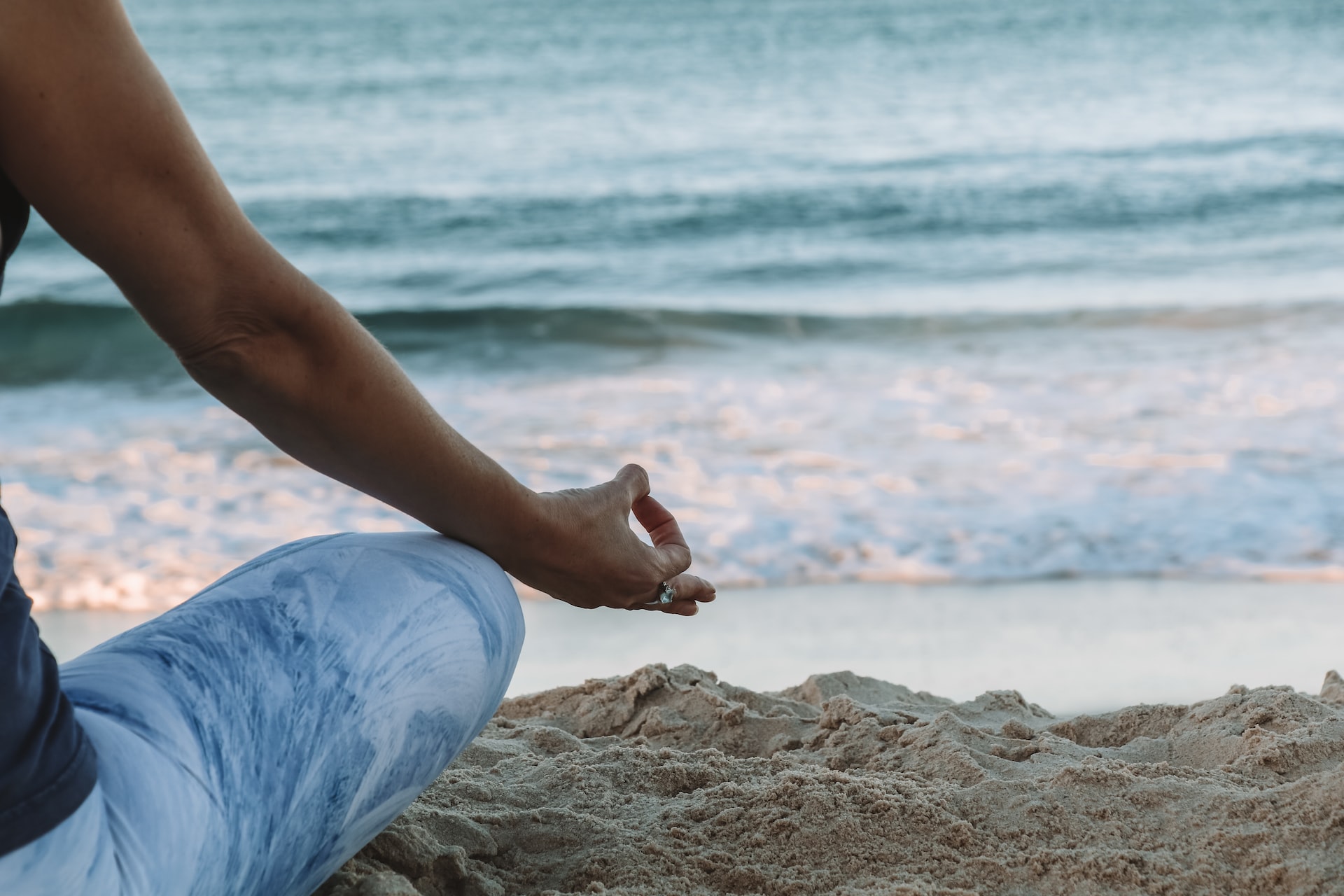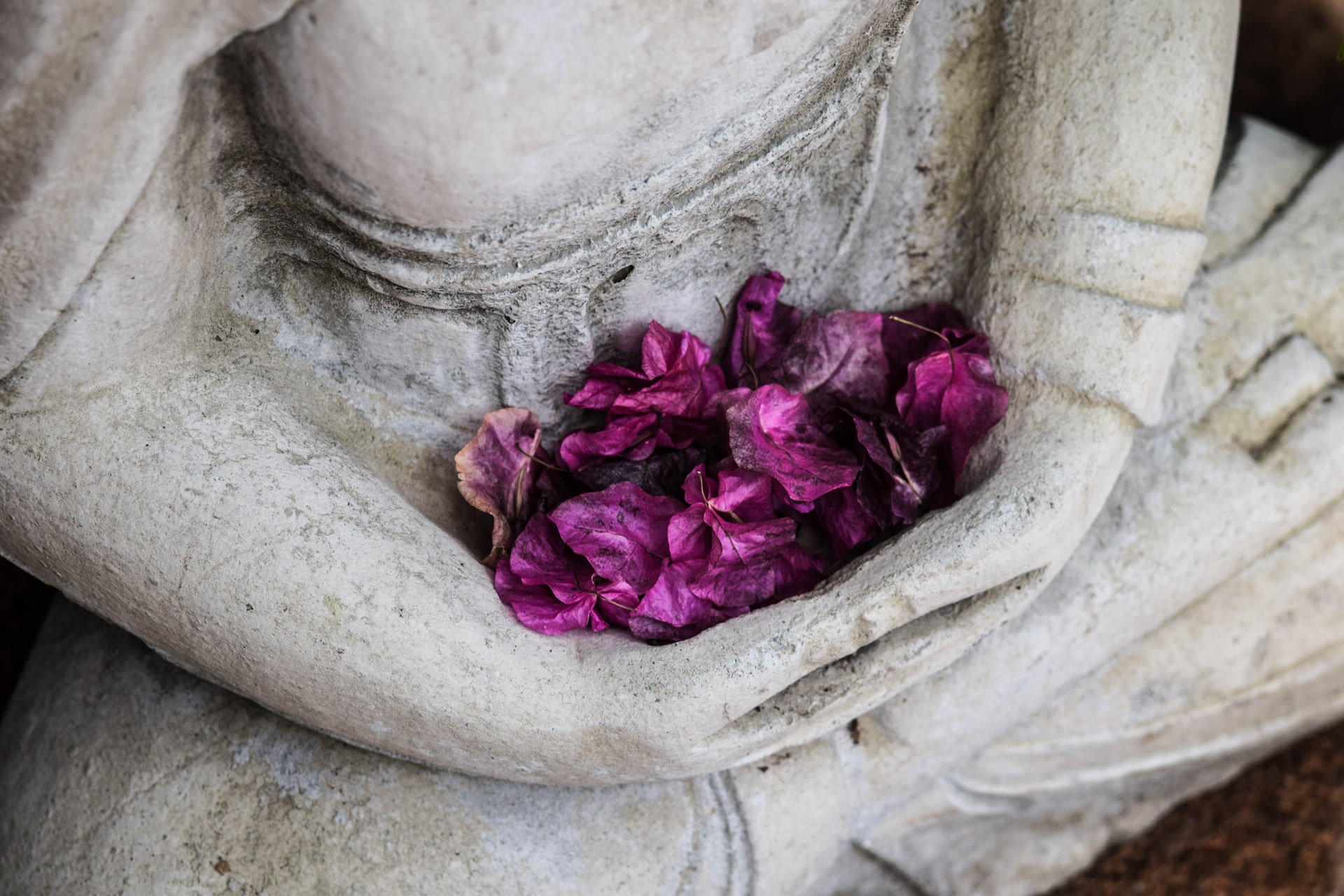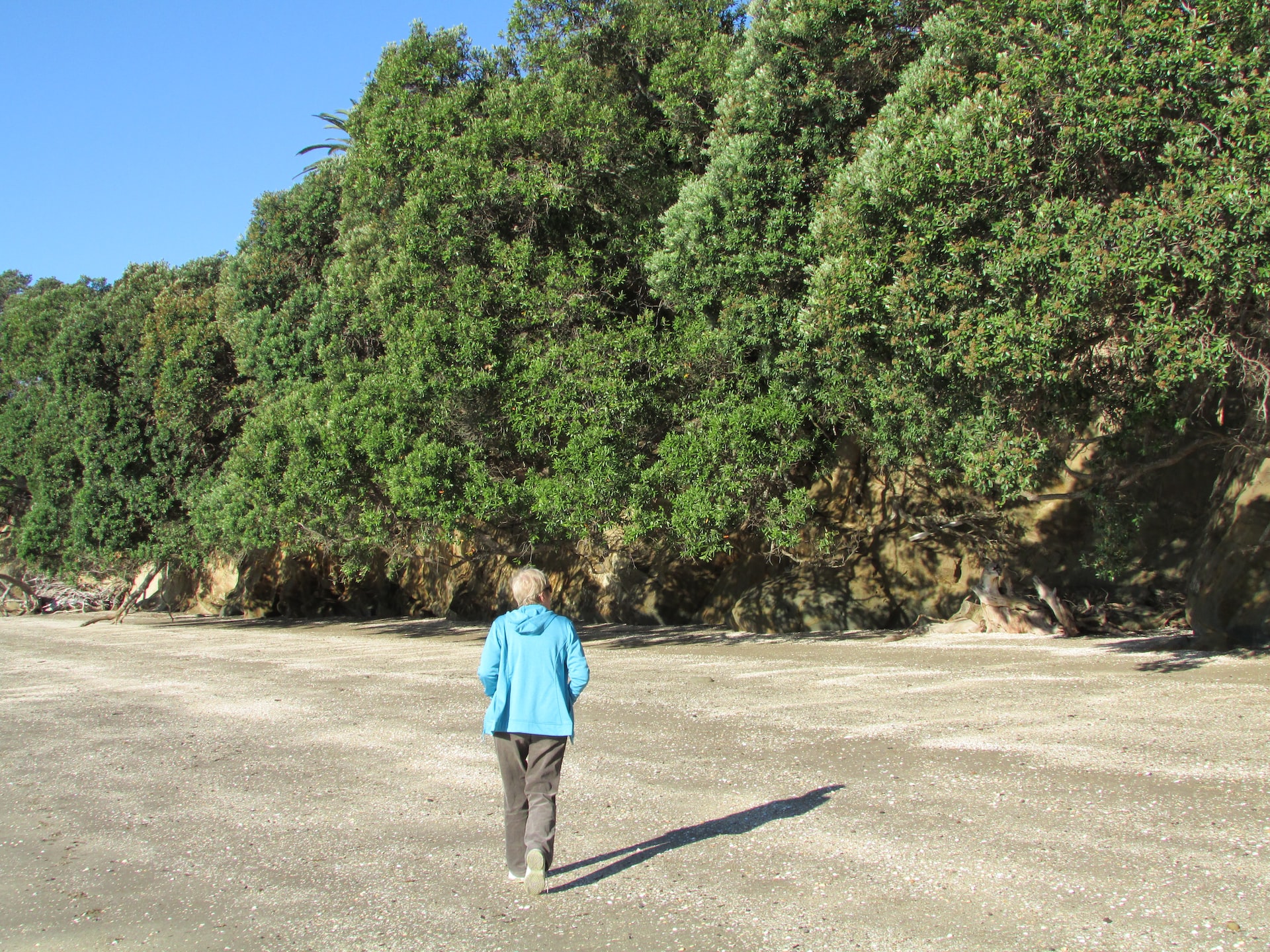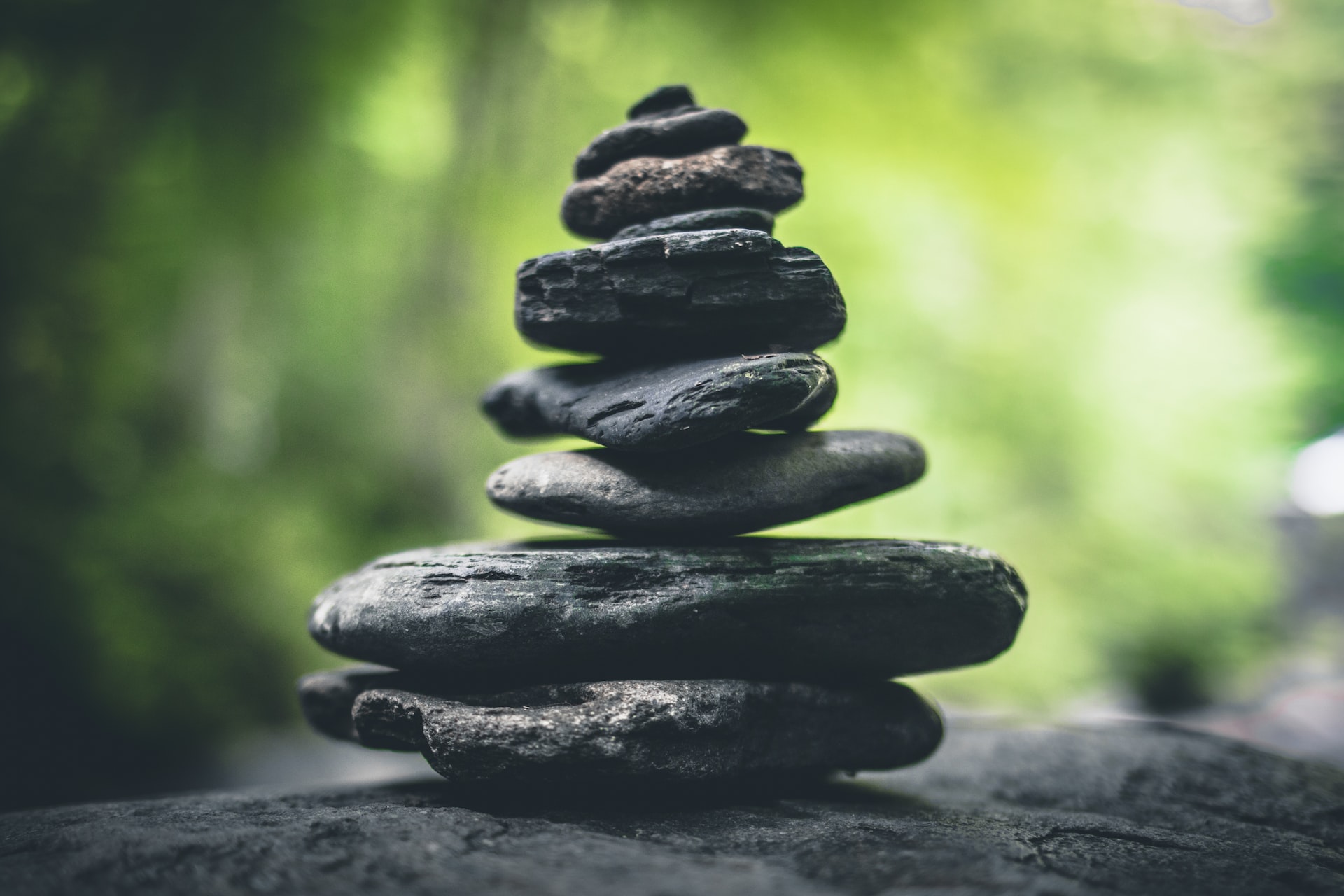
Throughout history, individuals have engaged in meditation due to its numerous advantages for their physical, emotional, and mental well-being. By integrating meditation into your daily routine, you can significantly transform your mindset, and perspective on life, and even enhance your longevity.
A considerable number of individuals find themselves perplexed by the various meditation postures they encounter. Therefore, this informative guide aims to provide an overview of the numerous postures commonly associated with meditation.
Of course, the most important thing is that you’re comfortable, so you can pick the posture of your choice even if it’s not on this list:
Cross legged posture
Different spiritual practices and meditation instructors, including those featured in the Ariana Society‘s streaming videos, propose or recommend sitting with crossed legs, such as in the lotus position. Most meditation traditions emphasize the importance of maintaining a straight spinal cord. This is because, when you sit straight, it encourages good circulation of Qi or Chi–your spiritual energy, which is the life force and vital breath.
Seated posture
A person practicing meditation can choose to sit on a chair without wearing shoes, following the principles of the New Thought philosophy. In Orthodox Christianity, a meditator may opt to sit on a stool. Conversely, in Theravada Buddhism, meditation often involves walking mindfully. In Sukhothai, Thailand, the walking meditation performed by monks is referred to as bas relief. When sitting in meditation, the practitioner maintains an upright posture with a straight back, aligning the spine and head without leaning. The thighs are kept parallel to the floor, while the hands rest comfortably either on the arms of the chair or on the knees.
Kneeling posture
In Japanese traditions, it is common for the meditator to adopt a kneeling position, with both knees on the floor while their buttocks remain on their heels and toes, which are positioned closely together. The hands are placed resting on the thighs.
Lying down posture (also known as corpse posture or, in yoga, savasna)
The individual practicing meditation finds a comfortable position on the carpet, with their legs extended and at ease. It is worth mentioning that while this particular posture is commonly seen in yoga classes, it is not frequently employed during meditation due to its resemblance to the natural sleeping position, which may lead to unintentional dozing off. Nevertheless, this posture proves effective in diminishing stress levels.
Incorporating mudras or hand gestures
These gestures hold a theological significance and are rooted in the realm of spirituality. According to Yogic philosophy, they possess the power to impact one’s consciousness. An instance of such a gesture can be observed in the familiar hand position adopted by Buddhists. In this posture, the right hand peacefully rests upon the left hand, with the thumbs gently touching, reminiscent of the iconic begging bowl associated with Buddha.
Incorporating various repetitive activities in stillness such as humming, chanting, or deep breathing to help in inducing a state of meditation.
The Soto Zen practitioners engage in meditation while keeping their eyes open and facing a wall, which differs from the common practice in most meditation schools where the eyes are usually partially closed or completely shut. Additionally, the duration and frequency of meditation can vary among individuals. Some nuns and monks devote their entire lives to continuous meditation, while the generally accepted timeframe for a session is around 20 to 30 minutes. However, beginners or individuals with busy schedules may only manage to meditate for a shorter period of five to ten minutes. Over time, experienced meditators have reported that the duration of their meditation sessions tends to increase.
To fully experience the advantages of meditation, it is recommended to heed the guidance and directions of a spiritual instructor (Note: Ariana Society members can access a comprehensive collection of streaming yoga and meditation sessions). Many customs necessitate daily practice, but individuals may encounter feelings of frustration or guilt when they are unable to adhere to this routine. In particular, meditators may express discomfort in their knees, commonly referred to as “meditator’s knee,”, particularly during extended periods of kneeling or sitting cross-legged.
It is important to remember that persistence and acceptance are crucial for achieving success. This mindset can assist you in enduring long meditation sessions and enhancing focus in your daily lives.
About Ariana Society
Ariana Society is a VIP membership club for the digital elite. Among numerous other benefits, members receive unlimited access to Ariana Fitness, which includes streaming workouts, yoga classes and meditation sessions. For more information or to sign up, visit ArianaSociety.com.






